Avinent is committed to common happiness by offering dental solutions that change people's lives
 Dental implants
Dental implants
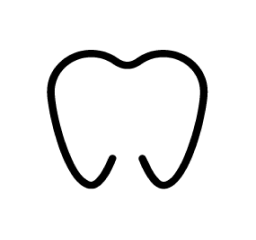 Dental implants
Dental implants Avinent’s implant solutions are at the forefront of digital implantology. Dental implant manufacturing is our flagship product and they are designed with the full security of a patented and proven surface worldwide. In addition, our guided surgery system fits seamlessly with the entire ecosystem to be used in a simple and effective way. This allows us to achieve predictable and excellent results.
 Milling and Sintering Centre
Milling and Sintering Centre
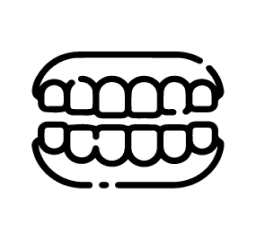 Milling and Sintering Centre
Milling and Sintering Centre Avinent’s digital flow represents an unprecedented evolution in prosthetic manufacturing processes, both in design and in the development and fabrication of structures. Consequently, at Avinent we use the latest technology in turning, milling and 3D printing to offer a universe of solutions. As a result, the milling of high-precision frameworks is one of the most valued products in the dental sector with internationally recognized quality.
 Prosthetic components
Prosthetic components
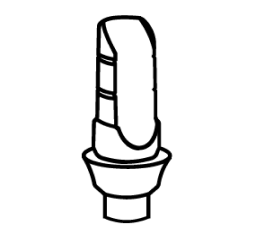 Prosthetic components
Prosthetic components To provide a complete solution and close a circle of high added value, at Avinent we produce prosthetic components, both digital and traditional, for implants of all brands. Therefore, at Avinent we have an established digital flow and excellent quality in attachments and prosthetic components to carry out implant treatments from start to finish. In fact, in Avinent’s Online Store, you can access the wide catalog of solutions in one click.
 Cranio-maxillofacial
Cranio-maxillofacial
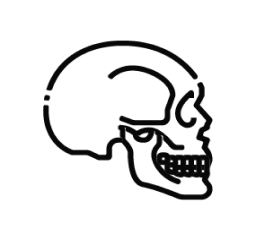 Cranio-maxillofacial
Cranio-maxillofacial As a result of the use of 3D printing as the basis of the production process, and the experience gained through technological innovation, Avinent offers solutions in the craniomaxillofacial (CMF) field. A complete digital solution that offers hospitals and clinics, customized implants, surgical guides, reconstructive surgeries, orthognathic surgeries, TMJ and other surgeries of the facial area. Consequently, Avinent also offers 3D model printing to facilitate the study of the most complex cases for medical centers.
 Orthodontics
Orthodontics
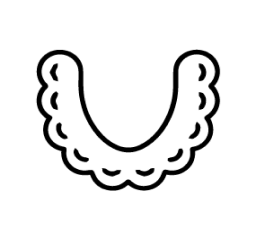 Orthodontics
Orthodontics As a result of our work in R+D+I and our production capacity in the field of 3D printing and materials, Avinent launches customized invisible aligners to solve all esthetic and functional challenges. Recode Aligners is Avinent’s brand of aligners, which in addition to successfully treating a multitude of cases, offers all the communication resources for the clinic to reach patients. Likewise, our line also incorporates other orthodontic solutions such as retainers and discharge splints.

